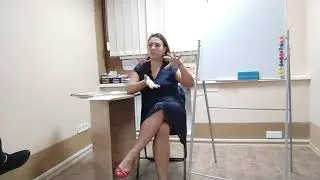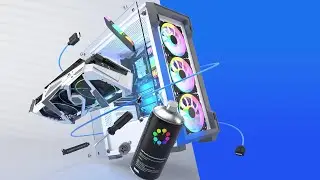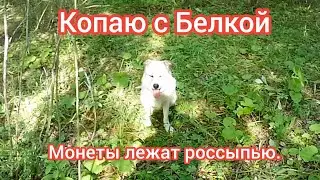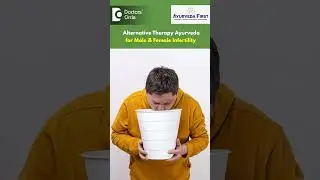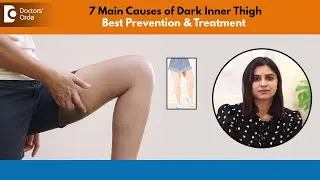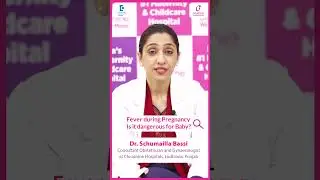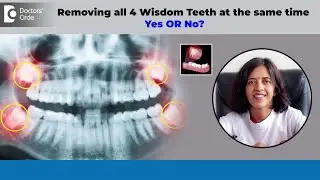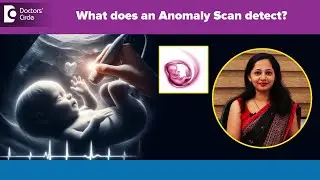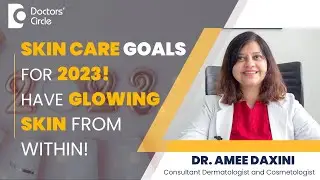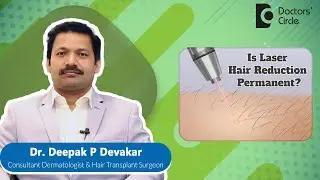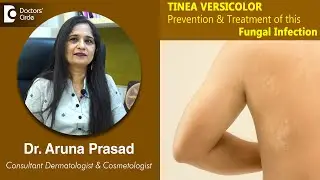Can nevus post failure of laser be managed by graft surgery? - Dr. Surindher D S A
Nevus is basically a birth mark which may be present at birth or after birth. Because of the size or depth of the lesion or depending on what type of nevus it is the various categories are there and based on that you have some treatments which may be effective and which may not be. Lasers are good for superficial nevi where the upper epidermal layers are involved and hence the laser can actually penetrate and cause damage and treat the condition. Sometimes the nevus is deeper or different type of nevus the treatment may not be effective. Try the laser and see if there is a possibility of treatment. When it doesn’t work the only other option is surgery. When the nevus thickness is full the laser doesn’t penetrate the whole thing. Then you will have to do surgery. But the problem with surgery is if you are removing the skin and putting skin from somewhere else there is always a chance of scarring. It is not a scar less procedure. Depending on the size and the location of the nevus there are various surgical options available. If it is small or if we can remove it in parts either we do complete excision or second is what we call as serial excisions. In serial excisions we try and remove part of the nevus in repeated sittings, so what that happens is we are recruiting skin from the surrounding area to come into the centre and fill up the gap. So what that happens is you are left with one line instead of a whole nevus which is your final suture line. So usually it takes about three to five sittings and depending on the size and the location. The other options again are to bring in new skin. Skin grafting again is an option. You can take it from the thigh when there is a large area or covered area. It is the simplest option. So remove the nevus and once the area is raw and it is clean we put in skin from the thigh and grafted. Smaller areas or smaller nevi on the nose or in critical areas you can do a full thickness graft with minimal scarring. But sometimes nevus may be in certain areas where the critical areas, around face or lips where you cannot remove too much of skin. So for those areas what you have to do is tissue expansion where you expand the surrounding area of skin which is normal, we used to put in a balloon inside the skin and we expand the skin over a period of a month or a month and a half and once we have extra skin then we remove the nevus and move the skin into the area. So that it gives you a minimal scar. It prevents any contractural deformity. So that is reserved for critical years for example the head and the neck.

